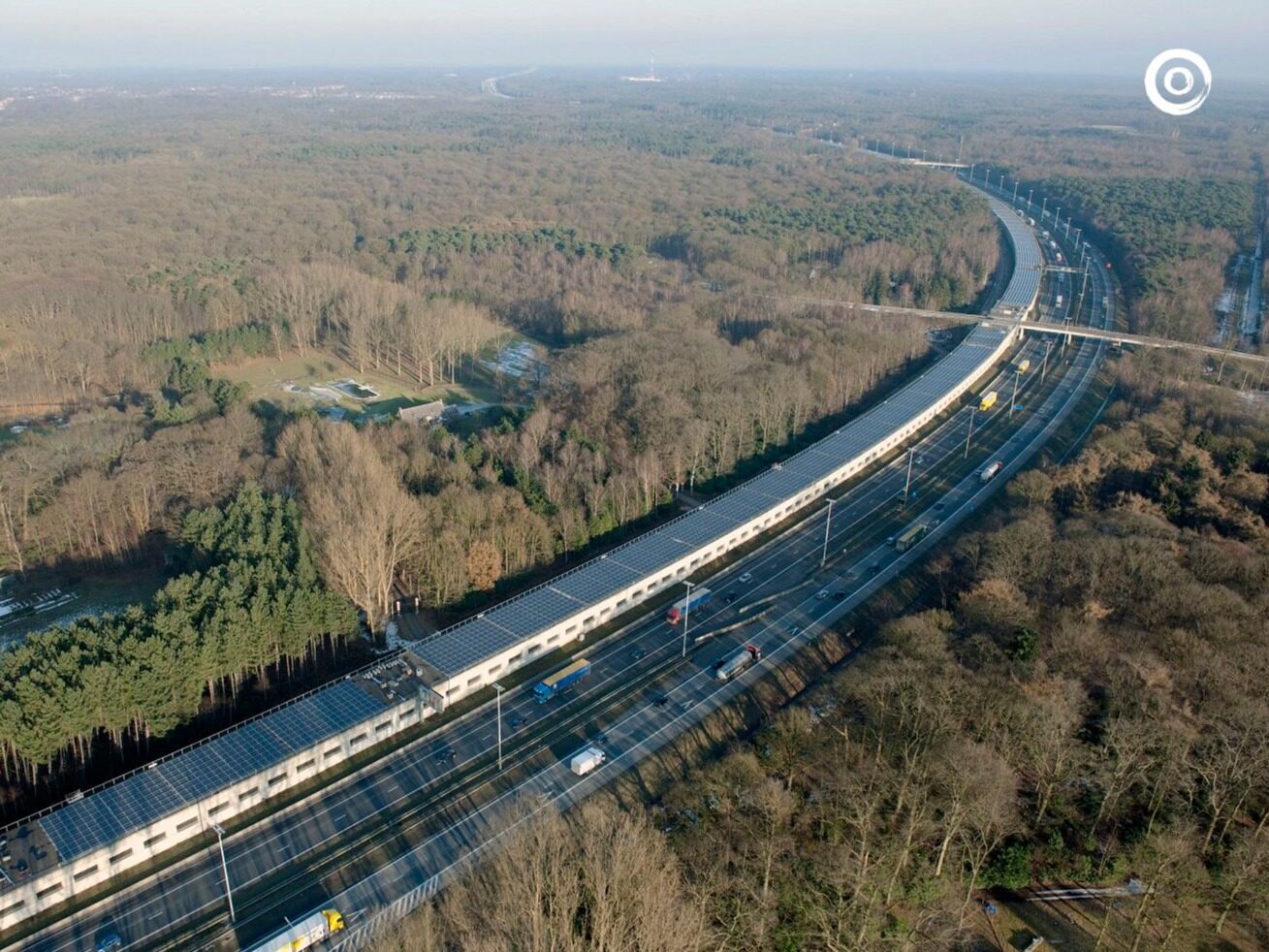- Kazakhstan needs to make policy adjustments to improve energy efficiency and transform to biofuels and hydrogen energy

The Deputy Minister of Geology, Ecology and Natural Resources of Kazakhstan, Primkulov, recently attended the expanded ministerial meeting and stated that in order to fulfill the obligations of the Paris Agreement and achieve the goal of “carbon neutrality” by 2060, the Ministry of Ecology of Kazakhstan will formulate Complete the "Low Carbon Development Vision". To this end, Kazakhstan needs to make major policy adjustments, including expanding the use of renewable energy, improving energy efficiency, and transitioning to biofuels and hydrogen energy.
As a Central Asian country, Kazakhstan relies heavily on coal power, which accounts for as much as 70% of its electricity generation, while renewable energy accounts for a very low proportion. According to statistics, there are 91 coal power generating units in service in its territory, with an installed capacity of 12.704GW, distributed in 20 coal power stations.
Kazakhstan experts believe that Kazakhstan's electricity demand will continue to grow steadily, and it is expected to increase to 136 billion kWh by 2030 and 172 billion kWh in 2050. For this reason, new power generation facilities are urgently needed to solve the problem of power demand growth and the shutdown of old power stations. It is estimated that 11-12 GW of new installed capacity will be needed by 2030, and 32-36 GW of new installed capacity will be required by 2050 (excluding renewable energy installed capacity).
Keywords: infrastructure construction, infrastructure construction, infrastructure engineering news
Experts believe that the development of Kazakhstan's power industry requires a lot of investment and investment. The power industry in Kazakhstan has undergone major changes for a long time, but the power generation industry as a basic field has not undergone fundamental changes. It still relies mainly on power equipment put into operation in the 1960s and 1980s. As of January 1, 2019, Harbin Thermal Power’s installed capacity was 18935.7 MW, of which 53% (10052 MW) of equipment had been in operation for more than 30 years; the installed hydropower capacity was 2636.7 MW, of which 69% (1840 MW) of equipment It has been in operation for more than 30 years. Of the 145 turbine units, 26% (38 units, 2860 MW) have exceeded their service life, and 35 units (4280 MW) will reach their service life in the next five years. For this reason, a large amount of investment is urgently needed to solve the contradiction between the serious aging of power equipment and the steady growth of power demand. This is a burden on the national budget and a rare investment opportunity for investors. Editor/Xu Shengpeng
Comment
 Praise
Praise
 Collect
Collect
 Comment
Comment
 Search
Search














Write something~